
Introduction
In the Gold Extraction process, Sodium Cyanide is widely used as a leaching agent because of its ability to form stable complexes with gold. However, the consumption of sodium cyanide is a critical factor influencing the economic viability and environmental impact of gold mining operations. High-temperature leaching is one of the methods employed to enhance the leaching efficiency of gold from ores. This article delves into the impact of high - temperature leaching on the consumption of Sodium cyanide.
The Role of Sodium Cyanide in Gold Leaching
Sodium cyanide reacts with gold in the presence of oxygen to form soluble compounds that allow gold to be extracted from the ore. Electrochemical calculations show that theoretically, 0.92 grams of sodium cyanide are needed to dissolve 1 gram of gold. However, in actual industrial production, the consumption of sodium cyanide is far higher than this theoretical value, often 50 - 100 times more. This significant difference is due to various factors present in real - world mining scenarios, such as reactions with other minerals in the ore and chemical processes that occur during the leaching operation.
High - Temperature Leaching Process
High - temperature leaching is carried out at elevated temperatures, typically above normal ambient temperature. The main objective is to increase the activity of ions in the ore - leaching solution system. By doing so, it accelerates the reaction between the leaching agent, sodium cyanide, and the gold within the ore. For instance, in the case of some refractory gold ores, high - temperature leaching can break down the complex mineral structures that encapsulate gold, making the gold more accessible to the cyanide ions for extraction.
Impact of High - Temperature Leaching on Sodium Cyanide Consumption
1. Increase in Reaction Rate
At higher temperatures, the kinetic energy of the reactant molecules increases. This results in more frequent and energetic collisions between sodium cyanide molecules, oxygen molecules, and gold particles in the ore. Consequently, the rate at which gold dissolves in the sodium cyanide solution speeds up. When the reaction rate is faster, more gold can be dissolved per unit time. If the goal is to extract a specific amount of gold, high - temperature leaching may require a shorter leaching time. In theory, this could potentially reduce the overall consumption of sodium cyanide since the leaching process finishes more quickly, minimizing the time sodium cyanide is exposed to factors that cause its consumption.
2. Cyanide Hydrolysis
Cyanide undergoes a chemical process called hydrolysis in solution, and the extent of this hydrolysis is influenced by temperature. As the temperature rises, the hydrolysis of cyanide becomes more pronounced. At 100 °C, half of the cyanide ions are lost, and at 130 °C, 85% of them are lost. This hydrolysis generates hydrocyanic acid, which not only leads to the loss of sodium cyanide but also poses a serious environmental and safety risk because hydrocyanic acid is a highly toxic gas. In high - temperature leaching, if the temperature is not properly controlled, the increased hydrolysis of sodium cyanide can significantly boost its consumption.
3. Reaction with Associated Minerals
Many gold ores contain other minerals, such as pyrite, pyrrhotite, and copper sulfide. These associated minerals can react with sodium cyanide. At higher temperatures, the reaction rates between these non - gold - bearing minerals and sodium cyanide may increase. This means that more sodium cyanide will be used up in reactions with these minerals, leaving less available for reacting with gold. Additionally, some of these reactions may produce by - products that can further interfere with the gold leaching process. For example, sulfur - containing compounds formed can coat the surface of gold particles, preventing cyanide ions from reaching and reacting with the gold.
4. Solubility of Oxygen
Oxygen is a crucial component in the gold - cyanide leaching reaction as it acts as an oxidant. However, the solubility of oxygen in water decreases as the temperature increases. At 100 °C, there is no dissolved oxygen in water. In high - temperature leaching, if the temperature approaches the boiling point of water, the lack of sufficient dissolved oxygen can limit the oxidation of gold. To make up for the reduced oxygen solubility, additional measures like increasing the oxygen partial pressure or using alternative oxidants might be necessary. But if the oxygen supply remains insufficient, the gold leaching reaction will slow down, and more sodium cyanide may be consumed in an attempt to drive the reaction forward.
Case Studies
In a certain gold mine, the traditional room - temperature cyanide leaching process consumed 2.5 kg of sodium cyanide per ton of ore. When the high - temperature leaching process was introduced, initially, due to the accelerated gold - leaching reaction, the leaching time was reduced from 48 hours to 24 hours. However, because of improper temperature control, with the leaching temperature reaching 80 °C, the hydrolysis of sodium cyanide increased significantly. As a result, the consumption of sodium cyanide actually rose to 3.0 kg per ton of ore. After optimizing the high - temperature leaching process, including precisely controlling the temperature at around 60 °C and adding inhibitors to reduce cyanide hydrolysis, the Sodium Cyanide Consumption was decreased to 2.0 kg per ton of ore while still maintaining a high gold leaching rate.
Conclusion
High - temperature leaching has a complex impact on the consumption of sodium cyanide in the gold extraction process. On one hand, it can accelerate the gold - leaching reaction, potentially reducing sodium cyanide consumption when the process is well - managed. On the other hand, high temperatures can cause increased cyanide hydrolysis, more intense reactions with associated minerals, and reduced oxygen solubility, all of which can lead to higher sodium cyanide consumption. Therefore, when applying high - temperature leaching, it is essential to optimize process parameters, such as precise temperature control, appropriate oxygen supply, and the use of additives to inhibit cyanide hydrolysis and unwanted reactions with associated minerals. This approach can help strike a balance between improving gold leaching efficiency and reducing sodium cyanide consumption, enhancing the economic and environmental performance of gold mining operations.
- Random Content
- Hot content
- Hot review content
- Toxicity Assessment of Sodium Cyanide and Relevant Hazard Prevention Measures
- Sulphuric Acid 98% Industrial Grade
- Oxalic acid for mining 99.6%
- Acetone
- Sodium Peroxide
- Toluene
- Anhydrous Ammonia 99% Liquid
- 1Discounted Sodium Cyanide (CAS: 143-33-9) for Mining - High Quality & Competitive Pricing
- 2Sodium Cyanide 98% CAS 143-33-9 gold dressing agent Essential for Mining and Chemical Industries
- 3Sodium Cyanide 98%+ CAS 143-33-9
- 4Anhydrous Oxalic acid 99.6% Industrial Grade
- 5Oxalic acid for mining 99.6%
- 6Soda Ash Dense / Light 99.2% Sodium Carbonate Washing Soda
- 7Reagent Grade/Industrial Grade Hydrochloric Acid min.31%
- 1Sodium Cyanide 98% CAS 143-33-9 gold dressing agent Essential for Mining and Chemical Industries
- 2High Quality 99% Purity of Cyanuric chloride ISO 9001:2005 REACH Verified Producer
- 3 High-Quality Sodium Cyanide for Leaching
- 4Powdery emulsion explosive
- 5Industry Grade Electron grade 98% Sulfuric Acid H2SO4 Sulphuric Acid Battery Acid Industrial Sulfuric Acid
- 6Colloidal emulsion explosive
- 7sodium hydrosulfide 70% flakes used Mining Industry



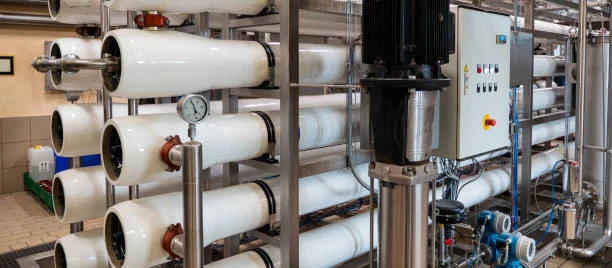

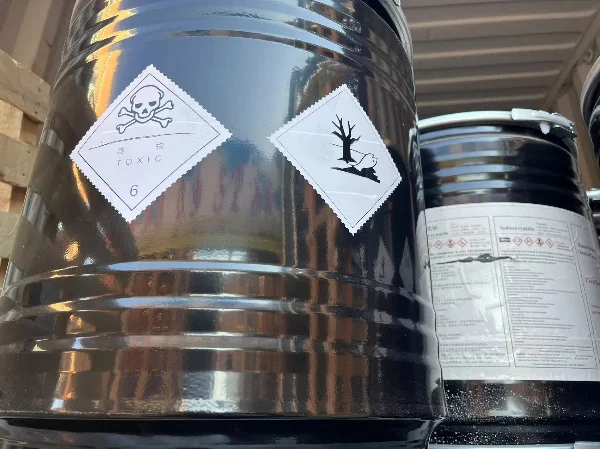
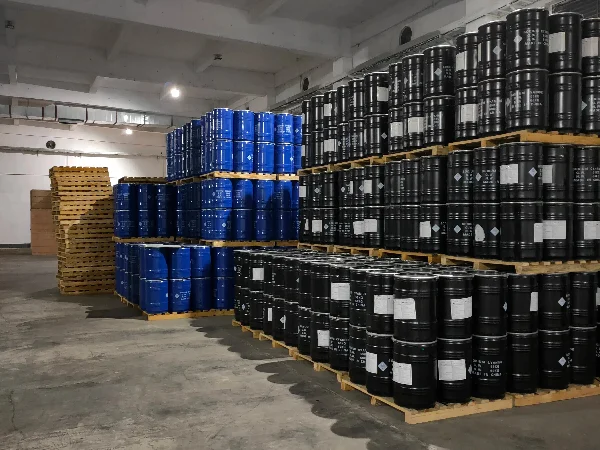
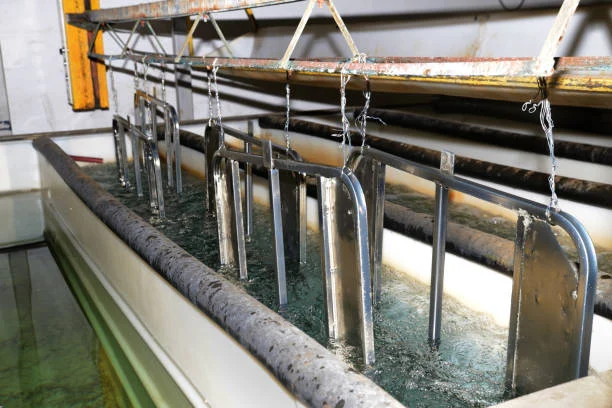
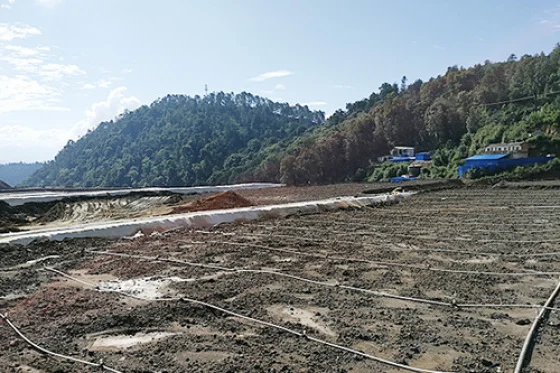


Online message consultation
Add comment: